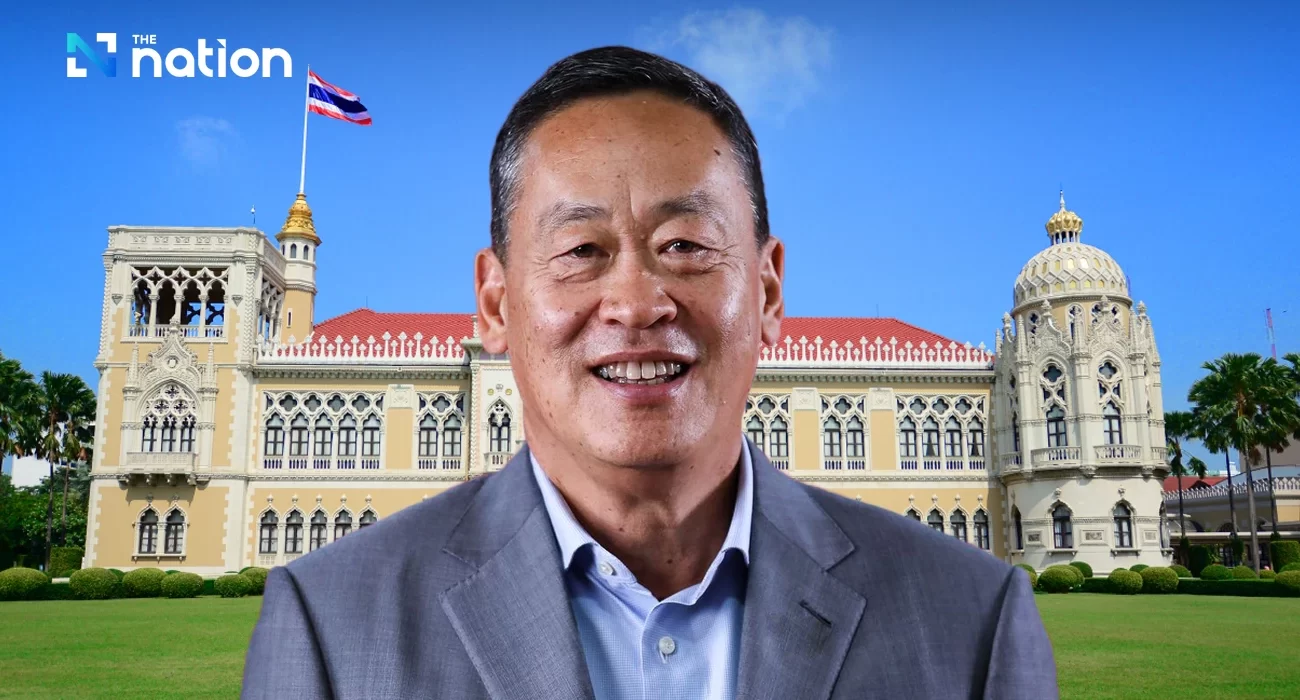Thursday’s talks come a day after Commerce Minister Phumtham Wechayachai met with US trade officials, who vowed to encourage more American business investment in Thailand.
Phumtham told representatives of the US President’s Export Council (PEC) that his ministry was ready to cooperate with the US Department of Commerce and PEC in promoting economic, trade and investment relations between the two countries.
The PEC advises the US president on government policies and programs that affect US trade, promotes export expansion and provides a forum for resolving trade-related problems among stakeholders.
Phumtham also addressed the US Generalised System of Preferences [GSP] for imports, which expired at the end of 2020.
“The US promised to expedite GSP renewal for Thailand,” he said, adding that Bangkok was boosting protection of intellectual property (IP) rights to secure removal from the US IP Watch List.
He said both sides underlined the importance of supply chain development. Thailand is seeking to become a supply chain production base for advanced industries including digital, artificial intelligence, electronics, semiconductors, electric cars, clean energy, aviation, and pharmaceuticals.

